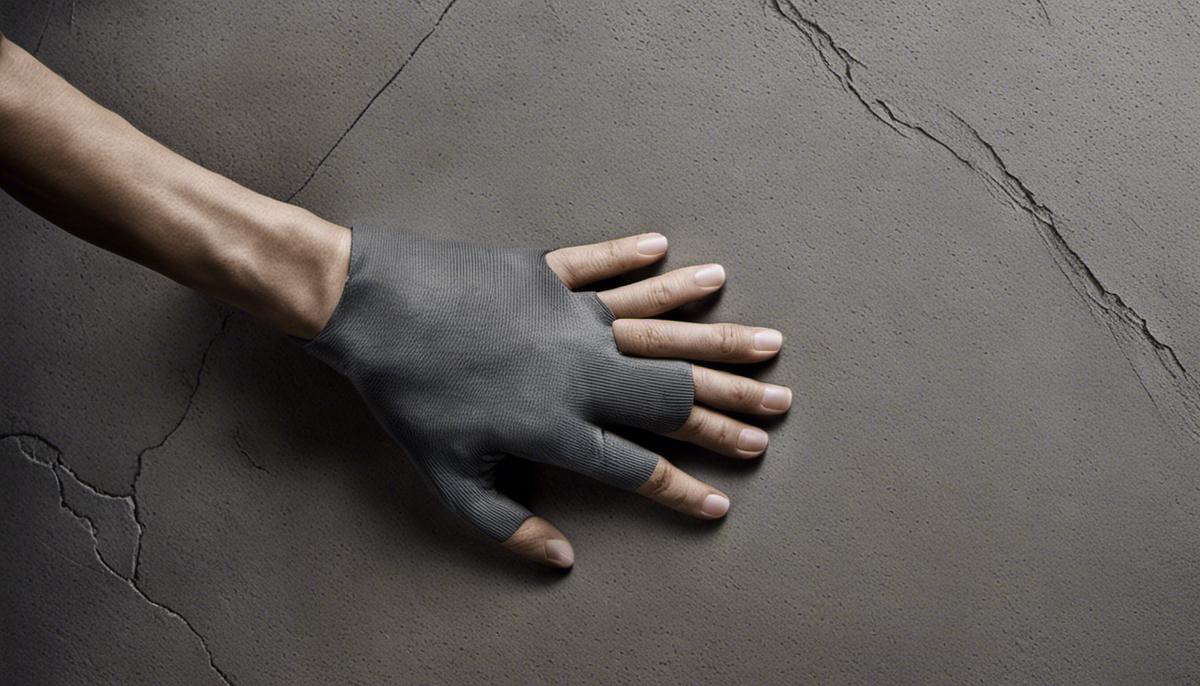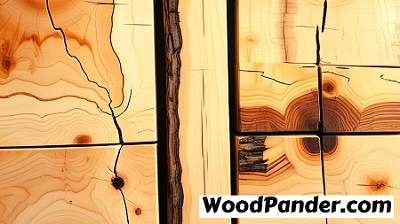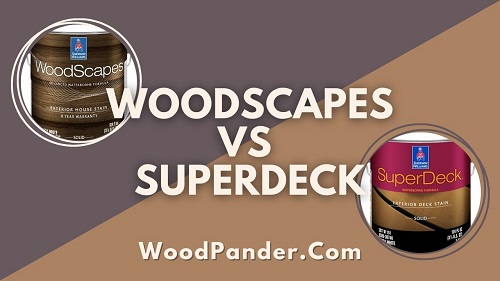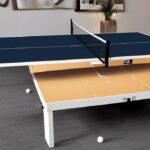Red oak, a favored material for robust, lasting furniture, especially captures the heart of many for its use in table tops. Its captivating grain structure, rich color, and remarkable durability – all discussed in-depth in this body of work – contribute to its popularity.
From the depths of its roots to its high-reaching branches, we’ll delve into understanding the character of this uniquely fascinating wood and why it grows into such well-regarded table tops.
This comprehensive narrative will guide you on the journey of a red oak table top creation, revealing the intricate process from sourcing to finishing.
Further exploring the world of Red Oak, we’ll share expert tips on maintaining the vitality of your table top and wisdom on evaluating quality to ensure your future purchases meet your standards.
One of our articles –Portable Ping Pong Table.
Understanding Red Oak
Red Oak: An Overview
Red oak is a common name for several species of trees found in North America, most of them being part of the Quercus rubra genus.
These types of oak are deciduous, meaning they lose their leaves in fall and winter. Red oak trees can grow up to 100 feet tall and their bark’s distinct, obscurely striped appearance helps make them easy to identify.
Qualities of Red Oak
Red oak is valued for its grain and color, making it a popular choice for furniture making, including table tops. This wood has a straight grain with coarse texture, which can vary depending on the growth conditions of the tree.
The rich reddish-brown color of red oak wood comes from its heartwood, the mature, innermost part of the tree. This vibrant hue makes red oak visually appealing for furniture needs.
Effects of Growth on Red Oak Character
One of the most significant factors dictating the characteristics of red oak is its growth environment. The soil, temperature and region where the tree grows can all impact its grain pattern, color, and hardness.
For instance, red oaks growing in the northern part of the continent are typically denser and have a lighter hue compared to those in the south, making them coveted for table tops.
Grain Structure and Coloring
Red oak’s attractive grain structure is one of its defining features. Its open grain is highlighted beautifully when stained, enhancing the wood’s natural patterns.
These patterns can vary widely from tree to tree, lending each piece of red oak furniture its own unique visual character.
The species’ coloring ranges from pale yellow sapwood to a rich, reddish-brown heartwood, adding to its aesthetic appeal.
Comparative Hardiness
On the Janka hardness scale, red oak ranks at a robust 1290, indicating excellent strength and durability. This makes it well suited for high-traffic pieces such as table tops, which see a lot of use and therefore require a hardy material.
Compared to other common types of wood such as pine or cedar, red oak is significantly harder and more resilient, contributing to its popularity for such applications.
Red Oak in Furniture Making
When it comes to furniture making, red oak is a top-tier choice due to its appealing aesthetics and high durability. This type of wood, known for its straight grain structure, can be easily cut and shaped into table tops.
After the finishing process, a red oak table top isn’t just visually stunning—it’s also highly resistant to wear and tear. This unique blend of beauty and toughness truly sets red oak apart as an exceptional choice for your table top.
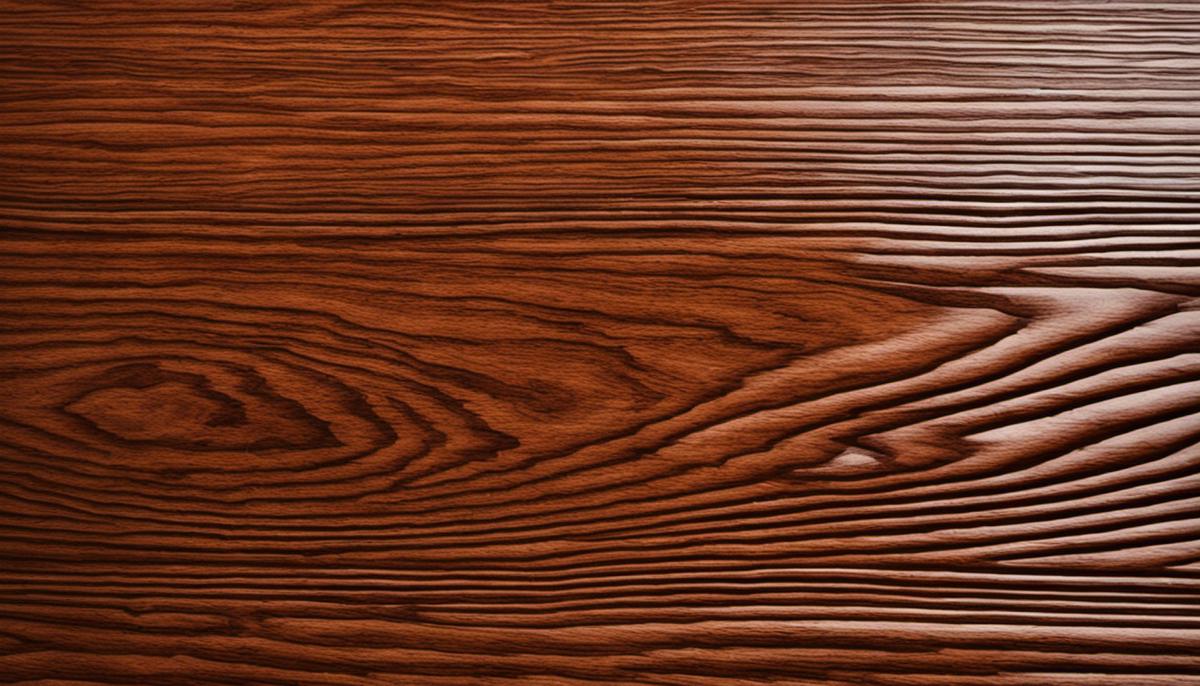
The Making of a Red Oak Table Top
Obtaining Red Oak
Red oak, or Quercus rubra, is widely prized in the world of woodworking because of its attractive grain patterns and robust nature.
This wood can often be found at lumber yards or purchased from online vendors. With correct storage and maintenance, red oak is available in a range of cuts such as quartersawn, rift sawn, and plain sawn.
The type of cut significantly influences the tabletop’s finished look, with a quartersawn cut revealing a stand-out ‘flake’ pattern, a result of slicing the wood at a right angle to the tree’s growth rings.
Cutting and Shaping Red Oak
Working with red oak requires expert skills in cutting and shaping to properly fashion the table top. It is typically recommended to use a table saw for making long straight cuts.
Oak tends to chip more than other hardwoods, so using a sharp blade is essential. For shaping and refinement, tools such as routers, chisels, and sanders are used to hone the tabletop to its desired dimensions and contours.
Joining and Securing Red Oak
Oak is an ideal wood for various joining techniques given its hardness and solid consistency. One common method is using biscuit joints strengthened with a wood adhesive for added stability.
Another is the mortise and tenon joinery, wherein one end of a wood piece, the tenon, is inserted into a hole carved into another wood piece, the mortise. Dowel joints can also be used, which involves the use of wooden pegs to secure pieces together.
Finishing Techniques for Red Oak
When it comes to finishing your red oak table top, it’s important to note that oak tends to absorb stains unevenly due to its pronounced grain.
This can lead to blotchiness if not appropriately dealt with. An initial sealer or wood conditioner may be applied first before staining or painting.
Afterward, a clear topcoat like polyurethane or lacquer is applied for protection and a smooth finish. Oil-based stains usually work best with oak, but water-based stains are also used and are more eco-friendly.
Hardware Preferences
From screws to brackets to adjustable feet, various pieces of hardware can be utilized to ensure the stability of the oak table top.
It’s advisable to use stainless steel or brass hardware due to their durability and resistance to corrosion. The type of fasteners used should also have a tight grip and high shear strength to support the heavy weight of red oak.
Potential Difficulties In Crafting Red Oak Tabletops
The allure of red oak for tabletops is undeniable, offering both durability and visual appeal. However, its superior hardness, while beneficial for longevity, may pose a problem during its crafting potentially stressing and damaging tools.
Its distinct and aesthetically intriguing grain pattern can cause a bit of trouble during the finishing stage. The uneven absorption coupled with oak’s high tannin content might cause potential discoloration when it interact with certain metals or finishes.
This inconsistency or discoloration if not handled carefully, can mar its otherwise attractive finish.
However, with meticulous attention to detail, these obstacles can be overcome to create a stunning and enduring red oak tabletop.
One of our articles –Concrete Table Top.
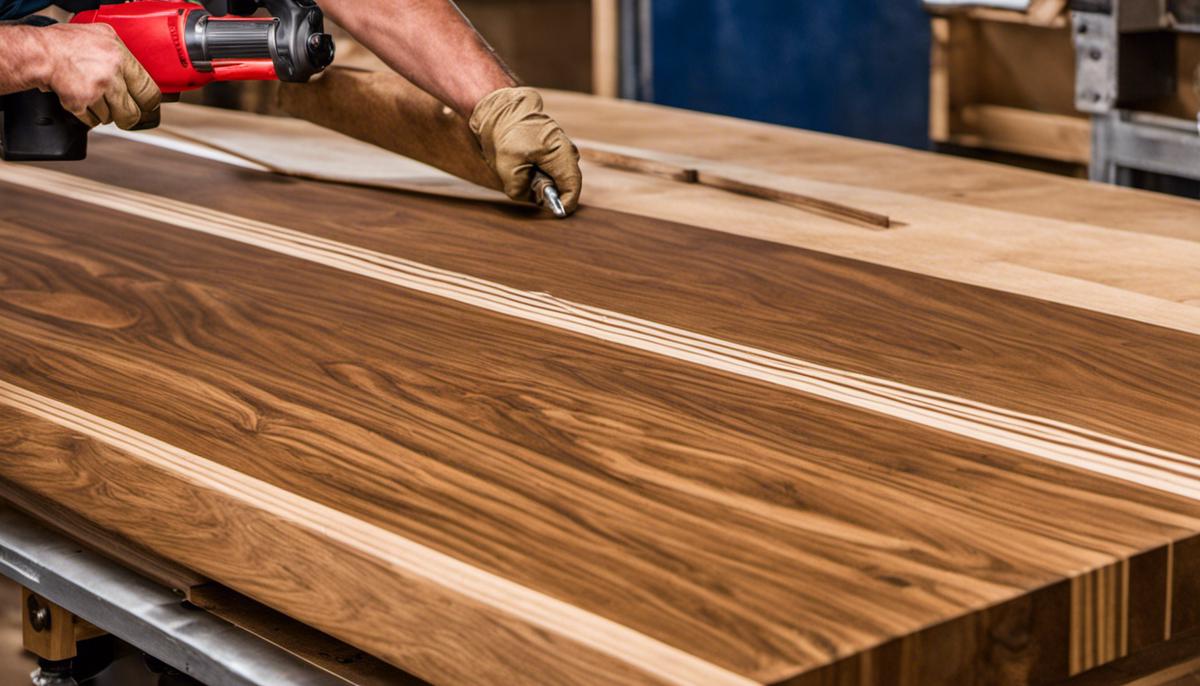
Maintaining Your Red Oak Table Top
Care and Maintenance of Your Red Oak Table Top
Regular cleaning is fundamental to maintaining the pristine condition and extending the life of your red oak table top.
It is best to use a lightly dampened cloth to wipe off any accumulated dirt or dust, taking care to dry it thoroughly afterwards to circumvent any damage from water.
Avoid at all costs, abrasive cleaning agents or tools as they can potentially mar the surface finish. In situations where stains prove to be stubborn, a gentle solution of mild detergent and warm water can come in handy. Apply this solution, rinse with clean water and immediately dry off to maintain the tabletop’s integrity.
Avoiding Heat and Liquid Damage
Red oak is highly sensitive to both heat and liquid. Placing hot pots or pans directly on the table can cause the wood to darken or even crack. Use trivets, mats, or padding to protect the surface when serving hot dishes.
Similarly, any liquid spills should be wiped up immediately to avoid stains. Coasters can help to prevent damage from condensation on cold glasses or hot mugs.
Addressing Scratches and Dents
Even with attentive care, your red oak table top might still acquire scratches or dents over time. Small scratches can be treated with a touch up marker that matches the color of your table.
For deeper scratches and dents, a wood filler and some sandpaper can restore the surface. It’s crucial to finish the repair process with a matching wood finish to blend the repair into the rest of the table.
Techniques for Refinishing Red Oak Table Top
Refinishing a red oak table top can restore it to its former glory. Start by sanding down the entire surface to remove the previous layer of varnish.
Remember to always sand in the direction of the grain to avoid further damage. After sanding, clean the table top using a vacuum or a tack cloth to remove all dust particles.
Choose your finishing method based on your preferred look. Staining can give the wood a richer, deeper color, while a clear coat of polyurethane will seal the wood and protect it from damage. Always apply any finish in the direction of the wood grain for a uniform look. If you choose to stain, apply the stain in multiple thin layers, allowing each layer to dry between applications.
Regardless of whether you choose to stain or not, finish the process with at least two coats of polyurethane, thoroughly sanding between each coat. This ensures your table top is sealed and protected, ensuring the longevity of the red oak.
Restoring Antique Red Oak Table Tops
Antique red oak table tops can often require a touch of restoration to bring them back to their former glory. If the table shows significant signs of wear and tear, it might be prudent to consult a professional.
Their expertise will be invaluable for handling severe damages and executing specialist techniques for removing old paint or stains, fixing structural issues, and refinishing the wood. This painstaking process will elegantly restore the table to its original splendor.

Evaluating Quality: What to Look for in a Red Oak Table Top
Assessing the Quality of Workmanship
When scrutinizing a red oak table top, the degree of workmanship becomes vastly significant. Superior craftsmanship in such furniture is often typified by the use of dovetail joints, mortise and tenon joints, or mitred corner joints.
The involvement of such joinery methods indicates the calibre of the woodworking involved, ensuring the table’s long-lasting sturdiness while preserving the red oak’s natural beauty.
Remember to pay attention to the characteristic straight, coarse grain of red oak. An evenly distributed grain across the table top with no sudden changes is indicative of skilled workmanship. Knots and burls should be kept to a minimum without compromising the structural integrity of the table.
The Importance of Finish
The finish of a red oak table top can range from natural oils to high-gloss lacquers. Each finish type serves different aesthetic and practical purposes that you might prefer, depending on your specific needs.
Oiled finishes bring out the rich depth and tonality in the red oak grain, while lacquer and polyurethane finishes provide a protective layer against spills, stains, and everyday wear and tear.
Apart from protection, the finish can also enhance the appearance of the red oak. For example, a matte finish can give the table a modern, minimalist look, while a high-gloss finish will make the grain pop and create a more traditional aesthetic.
Quality of Hardware
When evaluating the quality of a red oak table top, don’t overlook the hardware. The fittings, fasteners, and other metal parts should be of substantial quality.
Look for corrosion-resistant hardware, such as stainless steel or brass, which ensures that the table holds up to years of use without deteriorating or becoming unstable over time.
Hinges, if present, should operate smoothly and not creak or show resistance. Screw holes should be neatly done, flush with the surface, and the screws themselves properly aligned and fitted without signs of stripping.
Table Design and Aesthetics
The design of a red oak table top can greatly impact its functionality and aesthetics. Traditional red oak tables often feature detailed designs, such as carved edges or ornate bases. In contrast, modern designs tend to be simple and sleek, focusing on the natural beauty of the wood.
When evaluating the design, take into account your individual preferences and how the table fits into the rest of your decor. Ensure the table’s size is appropriate for your space, considering both its footprint and its height. An overly large table can overwhelm a room, while a table too small may not meet your functional needs.
Color is another significant factor in red oak aesthetics. The color should be rich and well-saturated, showing off the wood’s natural reddish tones. The grain should be clearly visible and not obscured by an overly dark stain or a sloppy application.
Keep in mind that red oak changes color over time due to oxidation and exposure to light, typically becoming richer and more amber. This is a natural process and is often considered an attractive feature of red oak.

Embarking on the journey of understanding the red oak and its contribution to crafting elegant table tops, we have gathered valuable insights into the intricate process, starting from its growth in nature to its final form as a piece of furniture.
We’ve also underscored the importance of proper maintenance to ensure the longevity of a red oak table top and its timeless beauty. Armed with the knowledge on evaluating the quality of red oak table tops, you can now be confident about making a wise, informed decision when next you venture on a purchase.
It’s our hope that with this information, your appreciation for red oak will be deepened, and you will be prepared to own and care for your red oak table top.
One of our articles –Veneer Table Top.


